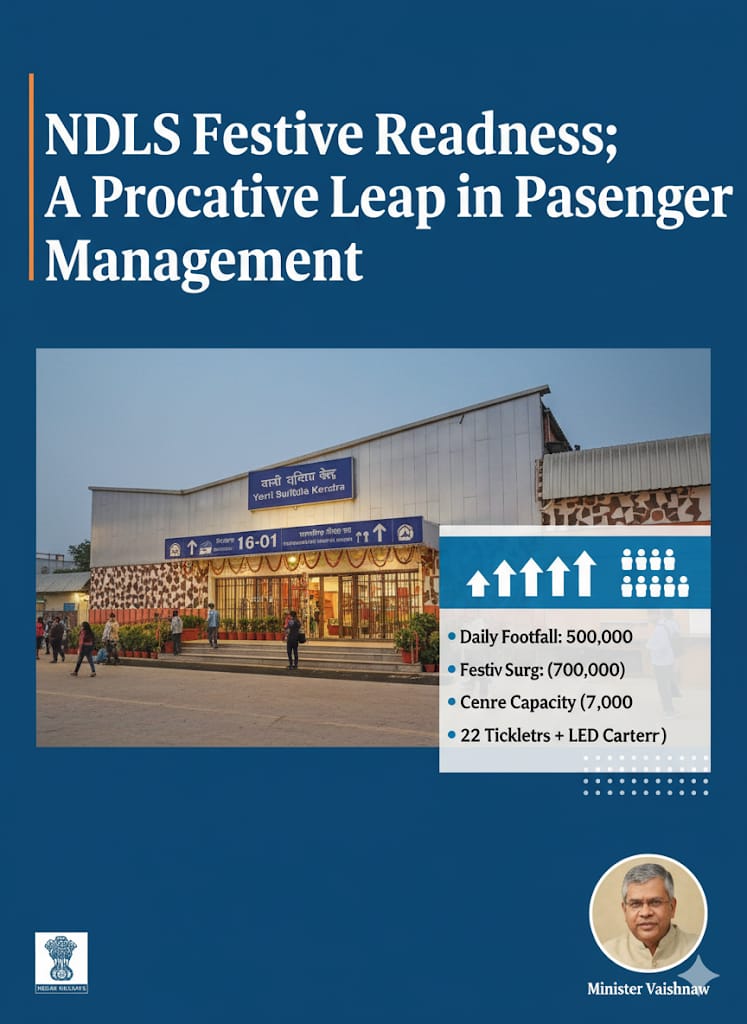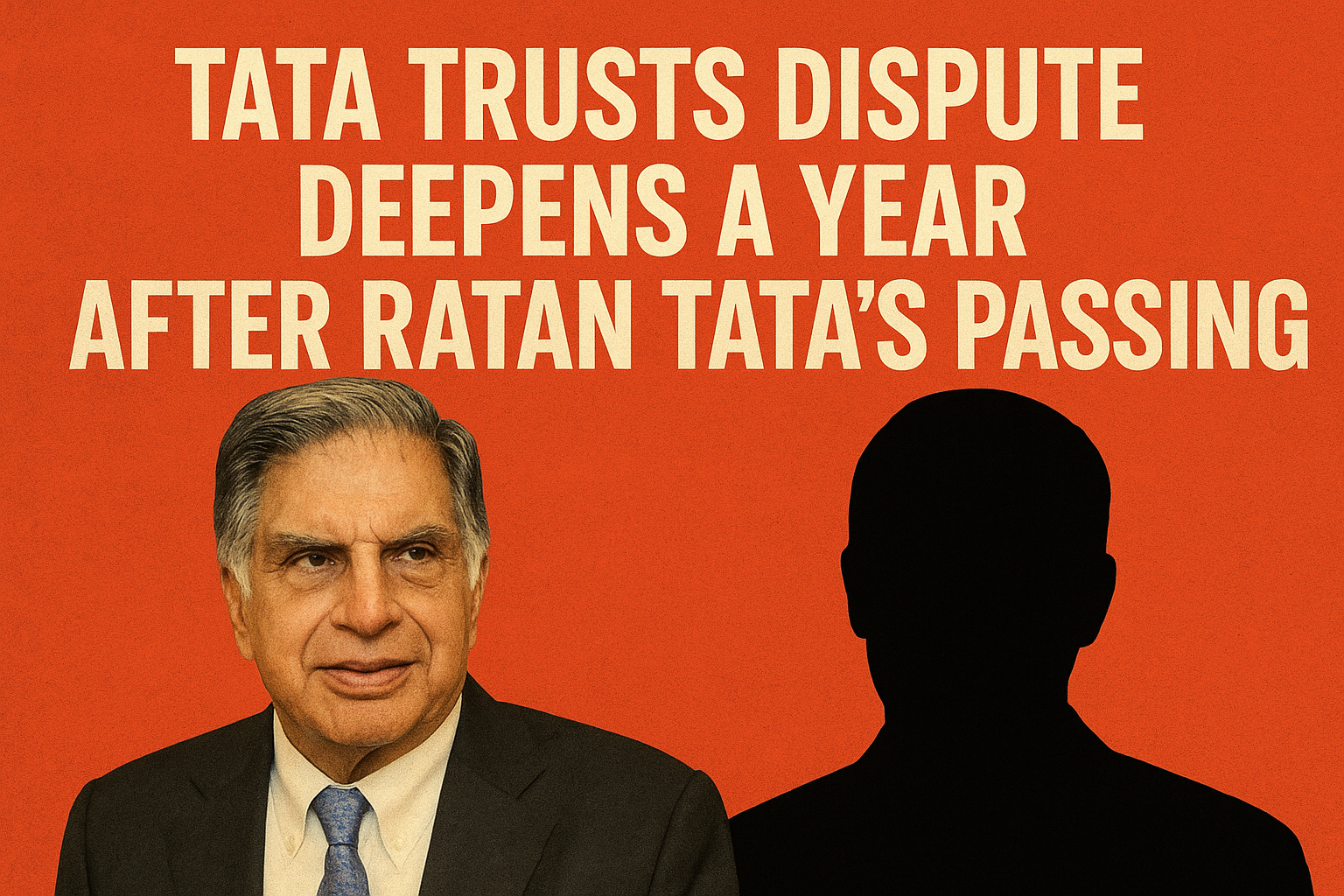
The government is set to launch a handheld device that lets farmers test soil instantly. This move could end the delays and costs of traditional soil testing methods.
Gone are the days when farmers had to painstakingly collect samples from different patches of their fields and send them off to government labs, often waiting weeks for reports. With this new technology, soil testing will take mere seconds helping farmers instantly understand key properties such as texture, organic matter, pH, and nutrient levels.
“This is precision farming at its most accessible,” said a senior official from the Department of Agricultural Research and Education. “The device uses advanced satellite data, machine learning, and AI models to interpret soil quality on the spot.”
From Soil Sample to Smart Farming
The technology, still under development, forms part of a broader initiative to overhaul India's agricultural practices using data-driven methods. The digital device, coupled with a nationwide repository of soil spectral data, aims to make farming more scientific, cost-effective, and environmentally sustainable.
India’s agriculture sector, which contributes 18% to the nation’s GDP and employs nearly 42% of the workforce, has long relied on conventional chemical analysis—methods that are expensive, time-consuming, and inaccessible to most small and marginal farmers.
Once launched, the handheld device is expected to democratize soil intelligence. A farmer will be able to scan their land, access results via a mobile app, and receive personalized advice on what type of fertilizer, irrigation, or nutrient correction is needed—on the same day, right from the same field.
The Science Behind the Speed
The initiative hinges on building a vast repository of soil spectral data—essentially, a digital fingerprint of Indian soil types. According to the Indian Council of Agricultural Research (ICAR), over 40,000 soil spectra from different regions have already been collected. This database will continue to expand, with 5,000–10,000 new samples added each year.
“Once we have sufficient data, algorithms can be trained to interpret soil properties instantly,” said a scientist at the ICAR-National Bureau of Soil Survey and Land Use Planning. “With this, we can model the relationships between soil health indicators and their spectral signatures, making real-time diagnosis possible.”
These efforts will enable the device not only to assess soil health but also to forecast nutrient deficiencies and suggest treatments tailored to specific field conditions.
Policy Push and Budget Backing
The move is backed by a significant budgetary allocation. In the Union Budget 2025–26, agriculture and allied activities received Rs 2.71 trillion—a rise from the revised estimate of Rs 1.40 trillion for the previous year.
Of particular importance is the development of soil fertility libraries that will support sensor-based agriculture. These libraries will form the neural core of the handheld device, ensuring that each scan a farmer performs is matched to the right soil category and farming recommendation.
Unlike older soil health cards that often delivered static, overly technical reports, the new platform will be interactive, user-friendly, and constantly updated. With real-time feedback and voice-assisted mobile apps in local languages, even farmers with little formal education will be able to understand and act on the insights.
A Leap Toward Sustainable Agriculture
This initiative aligns with India's broader goals of reducing excessive fertilizer use, conserving groundwater, and boosting yield through smarter inputs rather than more inputs.
"Improving soil health is the first step in ensuring sustainable productivity," noted Dr. Jat, Director General of Agricultural Research at ICAR. “These innovations will allow farmers to farm not just more, but better.”
The implications are far-reaching. With better data and decision-making tools, farmers can reduce input costs, avoid over-fertilization, and tailor their crop strategies to both market demand and ecological balance.
Farmers Reap the Reward
In the near future, a farmer in a remote village will no longer need to wait for a lab report to understand his land. With a pocket-sized device and a mobile phone, he will be empowered to make decisions backed by science.
This is not just a technological upgrade—it is a revolution in how India understands and cultivates its most precious asset: the soil.




.jpeg)
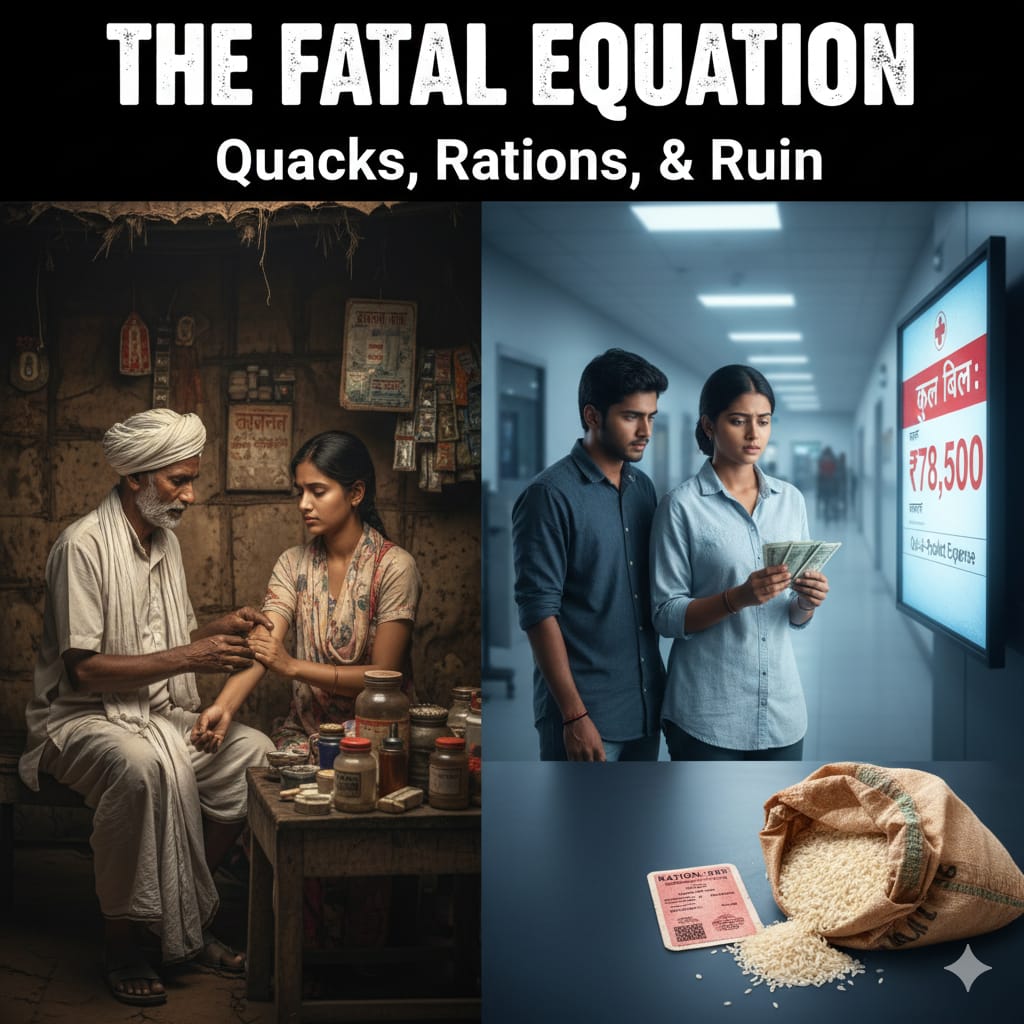
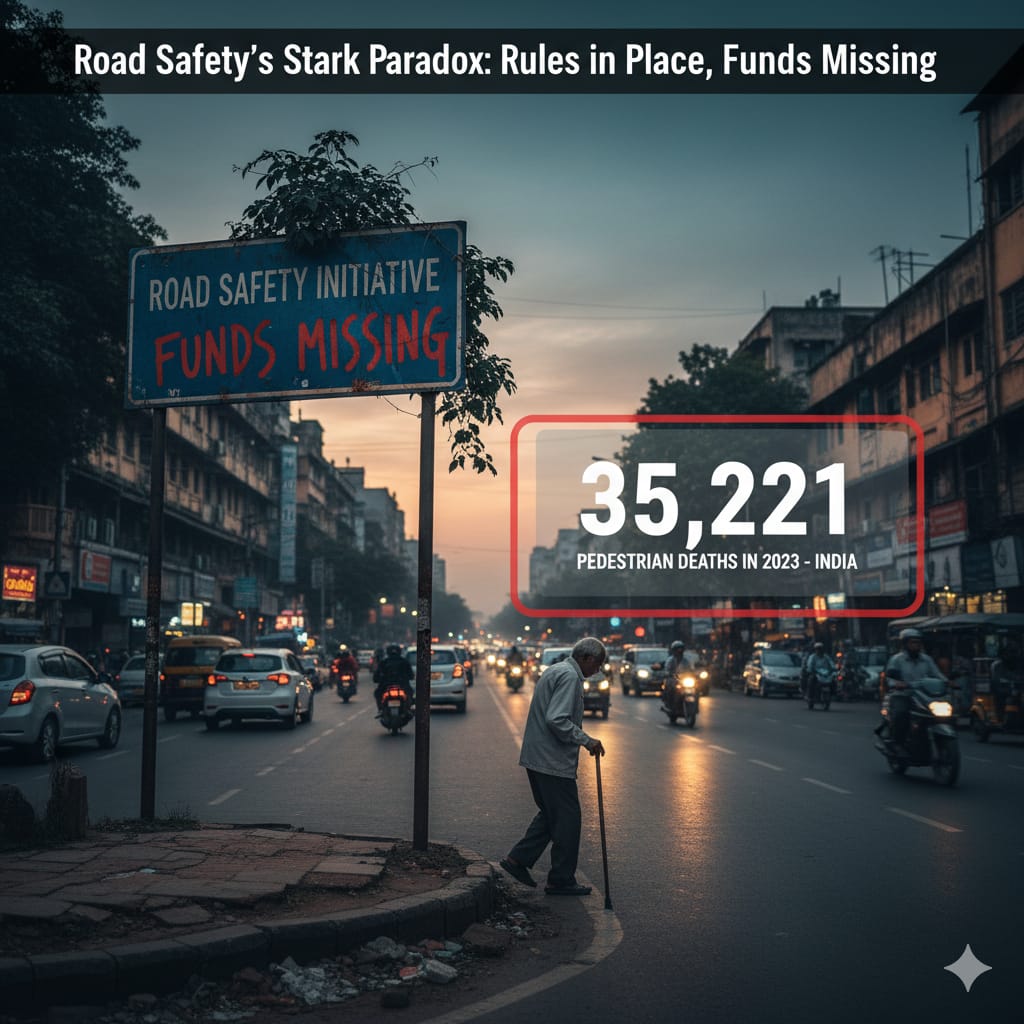
.jpeg)

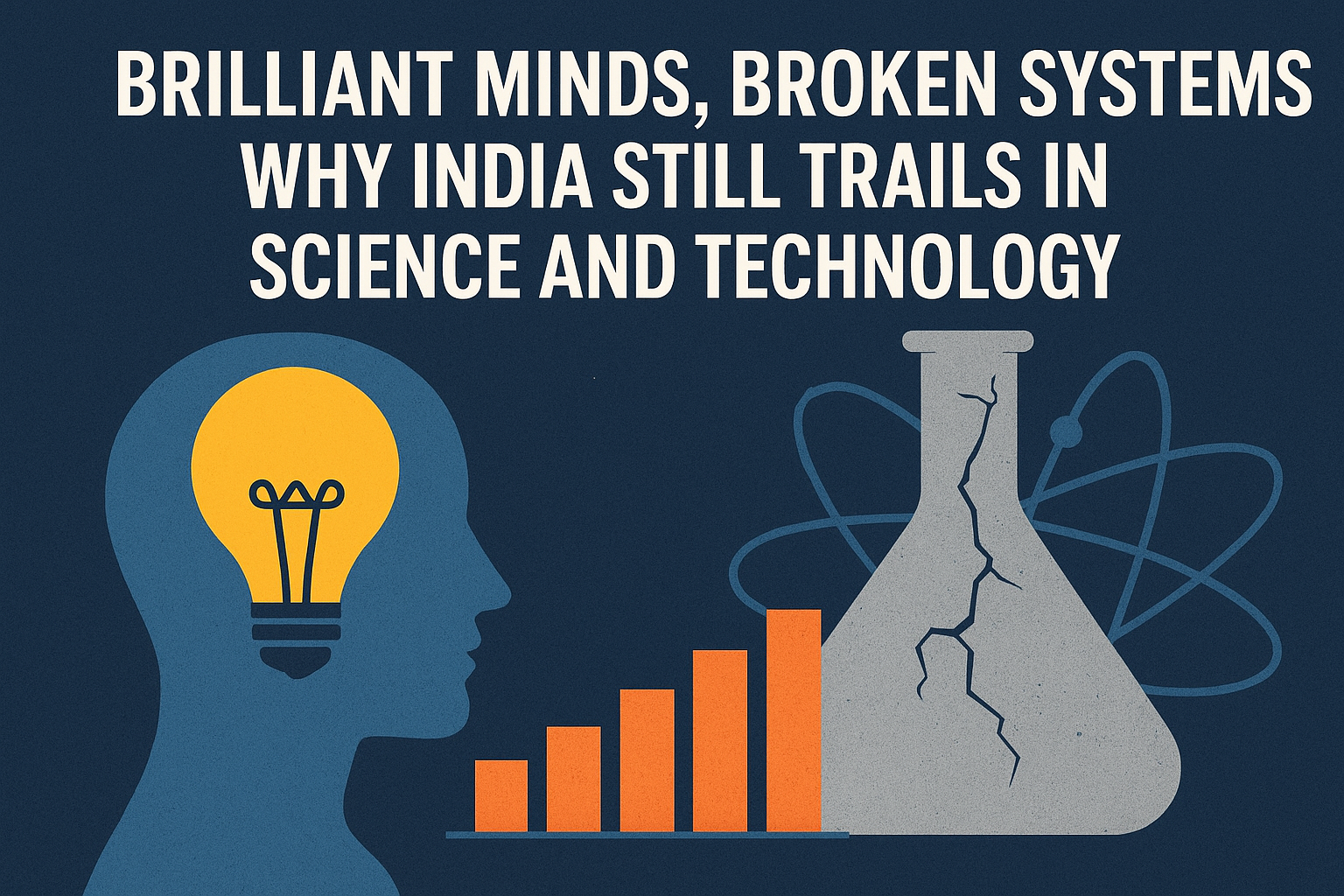

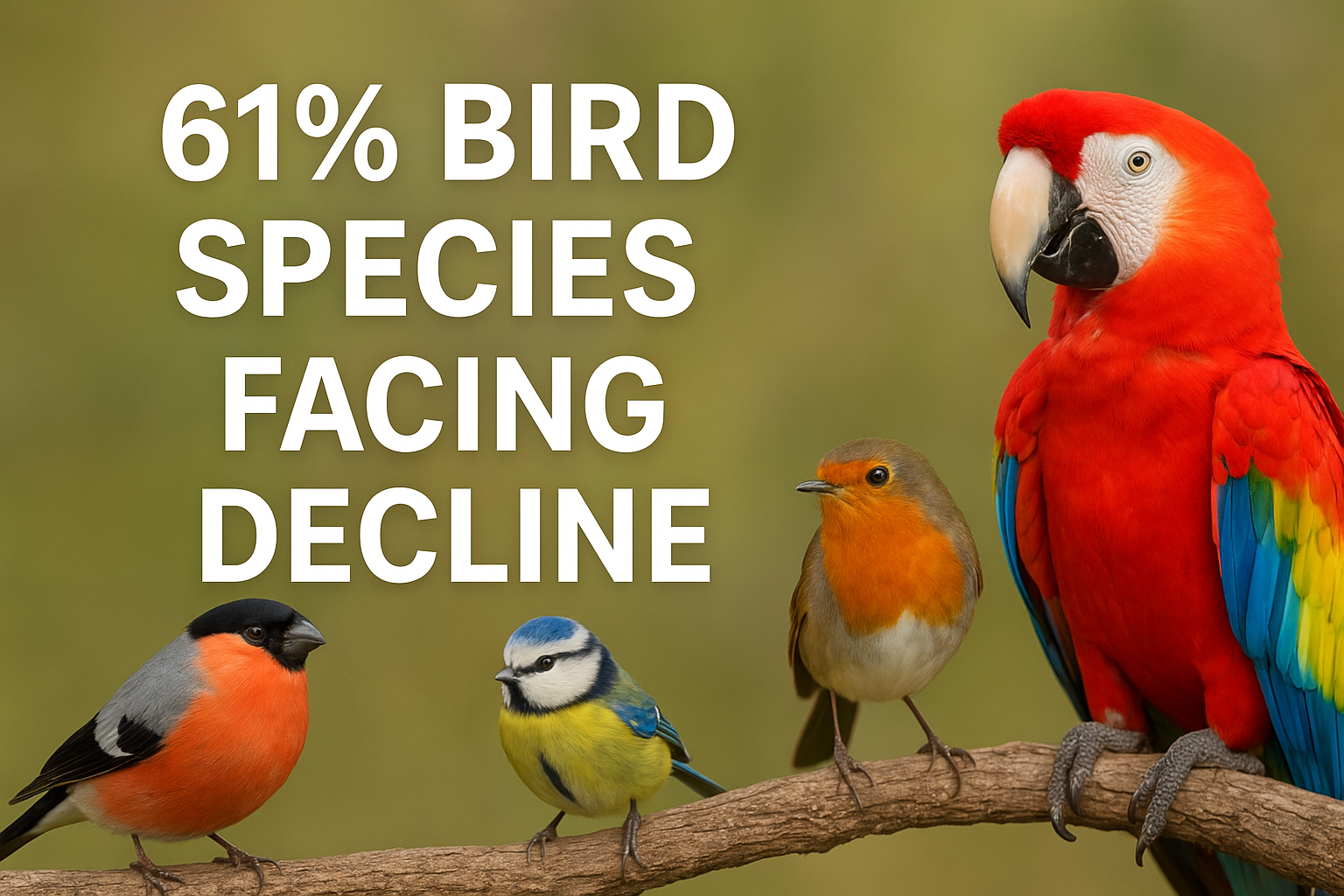
.jpeg)
